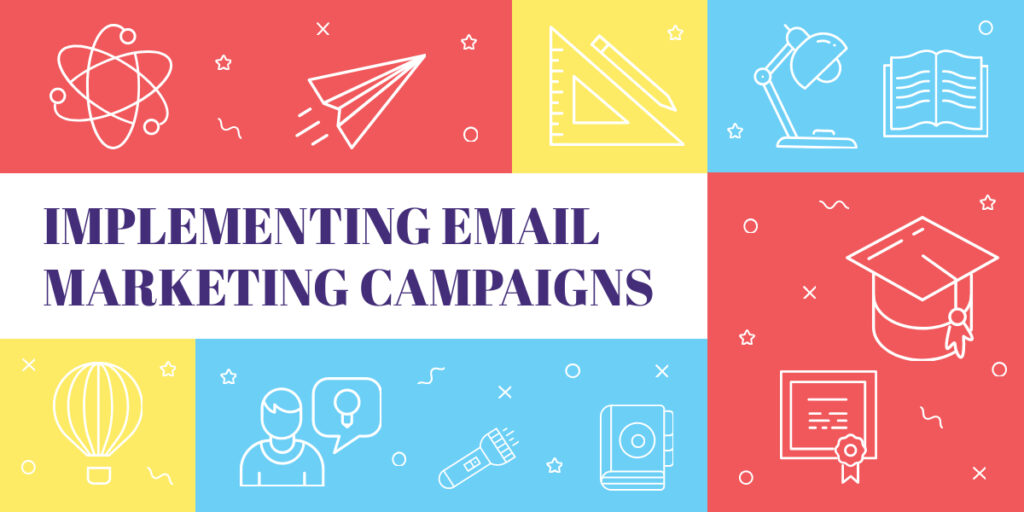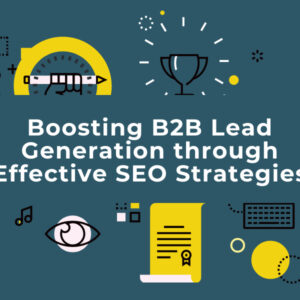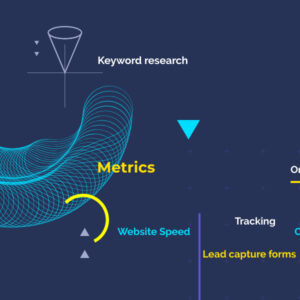
Are you looking to take your marketing efforts to the next level? Email marketing campaigns are a powerful tool to engage with your audience and boost conversions. However, implementing an effective email marketing campaign requires careful planning and execution. In this step-by-step guide, we will walk you through the process of creating and implementing a successful email marketing campaign.
Understanding Email Marketing Campaigns
Email marketing campaigns are a strategic approach to reaching and engaging with your target audience through email. Unlike random email blasts, email marketing campaigns are carefully planned and executed to deliver relevant and personalized content to recipients. The goal is to build relationships, nurture leads, and drive conversions.
Benefits of Implementing Email Marketing Campaigns
Implementing email marketing campaigns offers a range of benefits for businesses of all sizes. Firstly, email marketing allows you to reach a large audience at a relatively low cost compared to traditional marketing channels. Additionally, email campaigns enable you to segment your audience and deliver highly targeted content based on their interests, behaviors, and preferences. This personalized approach increases the chances of engagement and conversions. Moreover, email marketing provides a measurable and trackable way to evaluate the success of your campaigns, allowing you to refine your strategy for optimal results.
Email Marketing Statistics and Trends
Before diving into the process of implementing email marketing campaigns, it’s essential to understand the current landscape and trends. According to recent statistics, email marketing has an impressive ROI, with an average return of $42 for every dollar spent. Furthermore, mobile opens accounts for the majority of email opens, emphasizing the importance of optimizing your campaigns for mobile devices. Personalization is also a key trend, as emails with personalized subject lines have a higher open rate and click-through rate.
Planning Your Email Marketing Campaign
To ensure the success of your email marketing campaign, thorough planning is crucial. Start by defining your campaign objectives and target audience. Consider what actions you want your subscribers to take and how you will measure success. Next, create a content calendar that outlines the frequency and timing of your emails. This will help you stay organized and ensure a consistent flow of content. Additionally, determine the types of emails you will send, such as welcome emails, promotional emails, or nurture sequences.
Building an Email List
Building a strong and engaged email list is the foundation of a successful email marketing campaign. Begin by creating opt-in forms on your website to capture email addresses from visitors. Offer incentives such as exclusive content or discounts to encourage sign-ups. Additionally, leverage social media platforms to promote your email list and gain subscribers. Remember to follow email marketing regulations such as obtaining consent and providing an easy unsubscribe option to maintain compliance.
Choosing the Right Email Marketing Platform
With your email list in place, it’s time to choose the right email marketing platform to manage and automate your campaigns. There are numerous platforms available, each with its own set of features and pricing plans. When selecting a platform, consider factors such as ease of use, email deliverability rates, segmentation capabilities, and integration with other tools or platforms you use. Popular email marketing platforms include Mailchimp, Constant Contact, and ConvertKit. Take the time to compare different options and choose the one that best suits your needs and budget. A reliable email marketing platform will streamline your campaign creation process and provide valuable insights into your email performance.
Creating Compelling Email Content
The success of your email marketing campaign heavily relies on the quality and relevance of your content. Craft compelling subject lines that grab attention and entice recipients to open your emails. Use personalization to make your emails feel more tailored and individualized. Segment your email list and deliver content that is specific to each segment’s interests and needs. Also, incorporate storytelling and a conversational tone to make your emails more engaging and relatable.
Designing Eye-Catching Email Templates
The visual appeal of your emails plays a significant role in capturing the attention of your audience. Design eye-catching email templates that align with your brand identity and are visually appealing. Use a clean and organized layout that makes it easy for recipients to read and digest the content. Incorporate images, videos, and graphics to enhance the visual experience. Ensure that your emails are mobile-responsive and optimized for different devices to provide a seamless user experience.
Personalizing Your Email Marketing Campaigns
Personalization is a key factor in the success of email marketing campaigns. Tailor your emails to reflect the recipient’s preferences, behaviors, and purchase history. Use dynamic content to display personalized recommendations or offers based on the recipient’s past interactions. Implement automated triggers that send targeted emails based on specific actions or events. By personalizing your emails, you increase the chances of engagement, conversions, and customer loyalty.
Automating Your Email Marketing Efforts
Automation is a game-changer when it comes to email marketing campaigns. It allows you to streamline your efforts and deliver timely, relevant content without manual intervention. Set up automated welcome emails to greet new subscribers and introduce them to your brand. Implement drip campaigns that nurture leads and guide them through the customer journey. Use triggers and workflows to send abandoned cart reminders, birthday emails, or re-engagement campaigns. Automation saves time, increases efficiency, and ensures a consistent flow of communication.
Analyzing and Optimizing Your Email Marketing Campaigns
To continuously improve your email marketing campaigns, it’s essential to analyze and optimize your performance. Track key metrics such as open rates, click-through rates, and conversion rates to gauge the effectiveness of your emails. Use A/B testing to experiment with different subject lines, content, and call-to-actions to identify what resonates best with your audience. A/B testing, also known as split testing, involves sending two versions of an email to a small portion of your email list and analyzing which version performs better. Utilize analytics tools to gain insights into subscriber behavior and preferences. Based on these insights, make data-driven decisions and optimize your campaigns for better results.
In conclusion, implementing email marketing campaigns can significantly enhance your marketing efforts and drive impressive results. By following this step-by-step guide, you can build a strong email list, create compelling content, design visually appealing templates, personalize your campaigns, automate your efforts, and continuously optimize your strategy. Remember, successful email marketing campaigns require constant testing, learning, and adapting to stay ahead of the curve. So, dive in, start implementing, and watch your conversions soar!
Nyamga Email Marketing Campaigns






